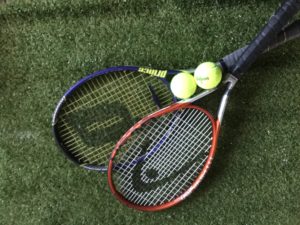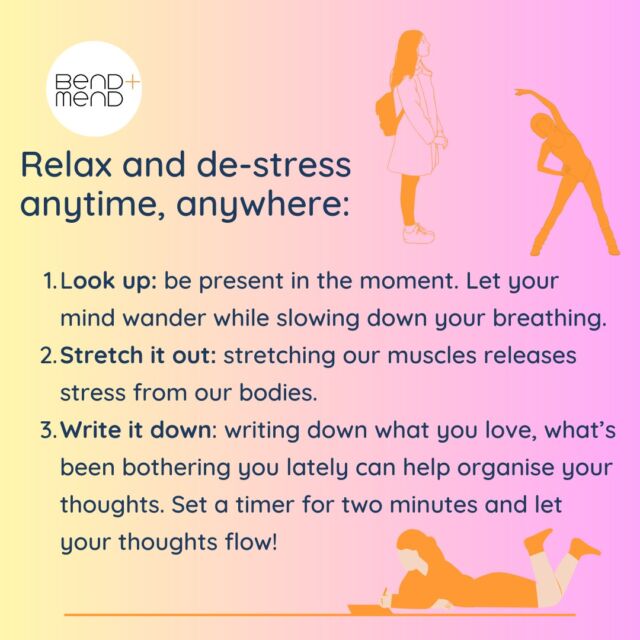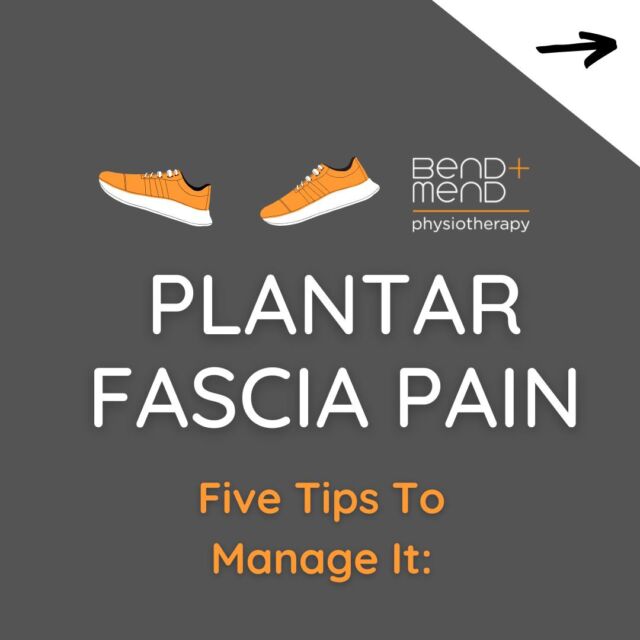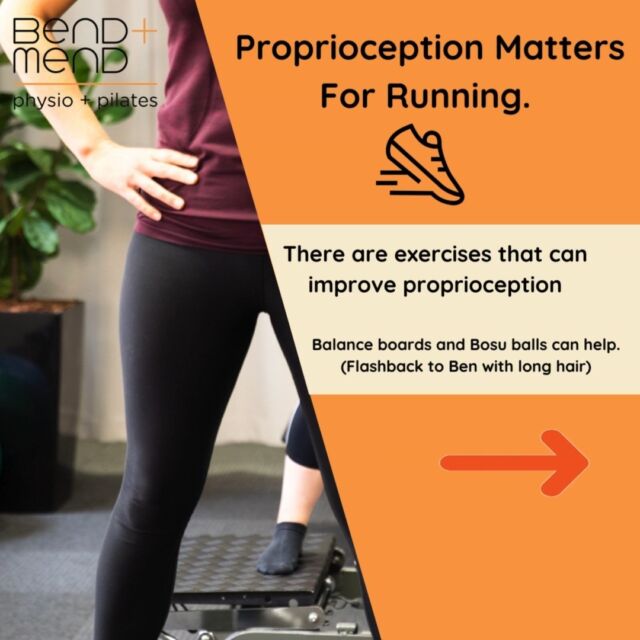 Tennis Elbow or Lateral Epicondylagia is a particularly common elbow overuse injury which about forty percent of us will experience at some point in our lives.
Tennis Elbow or Lateral Epicondylagia is a particularly common elbow overuse injury which about forty percent of us will experience at some point in our lives.
Surprisingly despite its name, only approximately five percent of all cases are attributed to playing tennis. In saying that fifty percent of all tennis players will experience some kind of elbow pain with well over half of these being attributed to Tennis elbow.
The more appropriate name for this condition is an extensor tendinopathy as it affects the tendons that extend the wrist joint and attach to a common point at the outside of your elbow. While there are many of these tendons the most commonly affected appears to be the Extensor Carpi Radialis Brevis.
While the exact cause is not fully understood, it is thought to be the result of overload causing repetitive microtrauma to these extensor tendons. This overload can occur in any activity, from racquet sports or gardening to typing on the computer, that involves repetitive wrist extension.
What factors are associated with Tennis Elbow?
- Manual occupation (involving repetitive arm and wrist movements)
- Office worker
- Activities involving repetitive wrist extension
- Aged between 35- 54 years old
- Previous tobacco use
- Being female
- Previous rotator cuff (shoulder) pathology
What are the symptoms?
- Pain around the outside of the elbow that may radiate downwards into the forearm.
- Pain to touch on the outside of the elbow.
- Pain on gripping, lifting the second/third finger or extending the wrist.
How do I treat it?
There are two pieces of good news! Firstly 80-90% of Tennis Elbow sufferers recover fully in one to two years and secondly conservative management (Physiotherapy) is recommended as the first line of treatment.
Physiotherapy can assess your elbow and upper limb to find the cause, provide activity modification advice, prescribe appropriate rehabilitation exercises and manual therapy to provide pain relief. Your physiotherapist can also assist in giving advice regarding your work set up or sporting equipment. While no one treatment modality that is proven to be effective entirely on its own, a combination of both mobilisation and exercise may reduce pain and improve function.
Will an injection help?
This is a question I am commonly asked in the clinic. At this stage the evidence shows that corticosteroid injections may have a short term beneficial effect on tennis elbow but may potentially delay progress in the long term.
There are several conditions which present with very similar symptoms to tennis elbow. Make sure you see one of the experienced team at Bend + Mend Physiotherapy to ensure an accurate diagnosis and effective rehabilitation.







